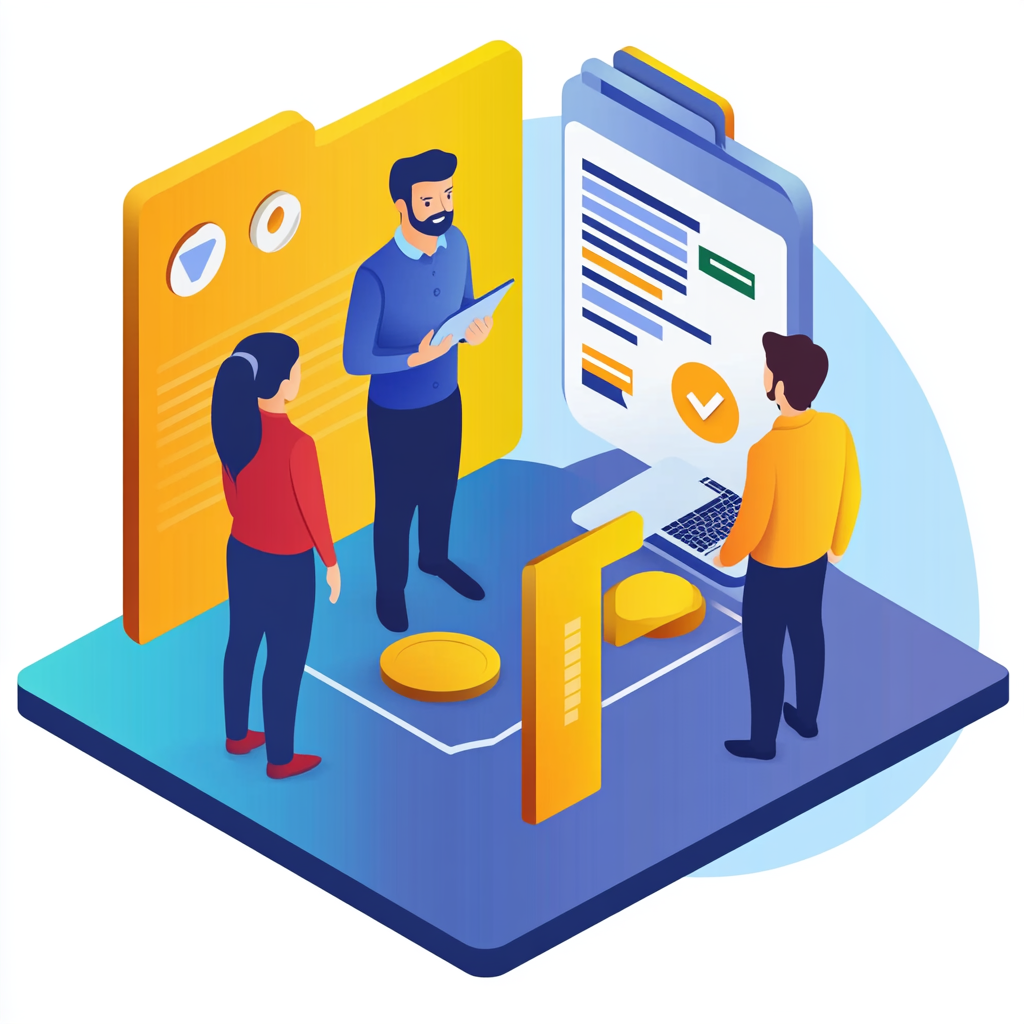Customer onboarding is your business’s first impression, and it’s crucial to get it right. A well-executed onboarding program can skyrocket customer satisfaction, boost retention rates, and drive growth. But what makes an effective customer onboarding program? This blog post will walk you through the essential elements that turn new users into loyal advocates.
Why Customer Onboarding Matters
Customer onboarding is more than just a welcome process. It sets the tone for the customer relationship and significantly impacts their experience with your product or service. A strong onboarding program helps users understand the value of your offering, reduces churn, and creates enthusiastic brand ambassadors.
Understanding Your Customer
Before creating an onboarding program, it’s vital to understand who your customers are. Conduct surveys, analyze data, and engage with your audience to gather insights into their needs, preferences, and pain points. Tailor your onboarding process to address these factors, ensuring it resonates with your target audience.
Clear and Concise Communication
An effective onboarding program relies on clear and concise communication. Use simple language, avoid jargon, and provide step-by-step instructions to guide customers. Be proactive in providing information and anticipate potential questions or issues they might encounter.
Set Realistic Expectations
Setting realistic expectations from the outset is crucial for a positive onboarding experience. Clearly outline what customers can expect during the onboarding process, including timeframes, milestones, and any required actions on their part. This transparency builds trust and fosters a sense of partnership.
Personalized Experience
A one-size-fits-all approach doesn’t cut it in today’s competitive landscape. Personalize your onboarding program by segmenting customers based on their needs, preferences, and usage patterns. Tailor content, resources, and support to ensure each user receives a unique and relevant experience.
Provide Value Early
The sooner customers experience the value of your product or service, the more likely they are to stick around. Highlight key features and benefits early in the onboarding process, demonstrating how your offering addresses their specific needs and solves their problems.
Interactive and Engaging Content
Keep customers engaged by incorporating interactive and engaging content into your onboarding program. Use videos, tutorials, quizzes, and gamification elements to make the process enjoyable and memorable. This helps with knowledge retention and enhances the overall user experience.
Continuous Support and Resources
Effective onboarding doesn’t end after the initial setup. Provide ongoing support and resources to help customers maximize the value of your product or service. Offer access to knowledge bases, webinars, and community forums where they can find answers to their questions and connect with other users.
Monitor Progress and Gather Feedback
Monitor customers’ progress throughout the onboarding process regularly to identify potential roadblocks or areas for improvement. Collect feedback through surveys, interviews, and analytics to gain insights into their experience and make data-driven adjustments to your program.
Celebrate Milestones
Celebrate customers’ milestones and achievements during onboarding to keep them motivated and engaged. Acknowledge their progress with personalized messages, rewards, or exclusive offers. This fosters a sense of accomplishment and reinforces their commitment to your brand.
Optimize Customer Onboarding
This iterative process ensures that your onboarding remains effective and relevant. To optimize customer onboarding, continuously evaluate and refine your program based on feedback and performance metrics. Stay up-to-date with industry trends and best practices, and be open to experimenting with new approaches and technologies.
Foster a Sense of Community
Building a sense of community among your customers can significantly enhance their onboarding experience. Encourage users to share their experiences, ask questions, and support each other through online forums, social media groups, or live events. This sense of belonging fosters loyalty and advocacy.
Leverage Automation
Automation can streamline your onboarding process and ensure consistency. Use automated emails, chatbots, and in-app notifications to guide customers through the steps, provide timely information, and address common issues. This not only saves time but also ensures a seamless experience for users.
Track Key Metrics
To measure the success of your onboarding program, track key metrics such as completion rates, time to value, user engagement, and customer satisfaction. Analyzing these metrics helps you identify strengths and weaknesses in your program and make data-driven decisions for improvement.
Mastering the art of customer onboarding is essential for building lasting relationships and driving business success. By understanding your customers, providing clear and personalized communication, offering continuous support, and optimizing your program, you can create an effective onboarding experience that turns new users into loyal advocates. Remember, the key to success is constantly refining your approach based on feedback and performance metrics. Start enhancing your customer onboarding program today and watch your business thrive.








